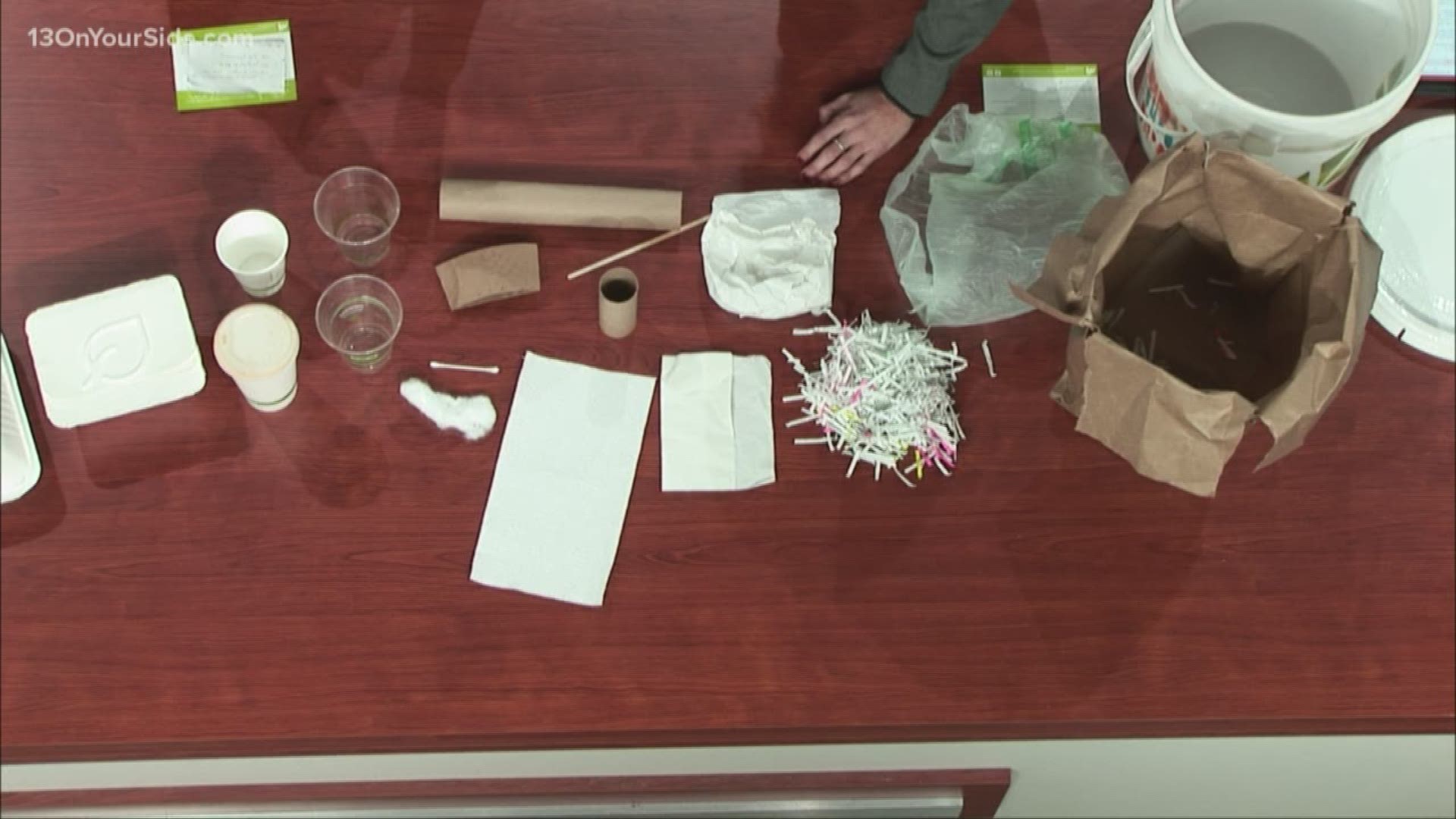Many communities have ways to put your yard waste to good use by taking it to a community-wide composting program. But, composting doesn't have to be on a scale that large. You can compost at home with just a few simple rules of thumb.
But just what does composting do? First, it reuses materials that might otherwise end up in the trash to create something beneficial. The organic materials in compost can help plants grow. According to the EPA, those materials, yard waste and food scraps make up about 30% of what we throw away.
Composting enriches the soil and helps keep plants healthier by suppressing diseases and pests. Its soil is also rich in nutrients so plants don't need chemical fertilizers, and composting also reduces the amount of methane emissions from landfills, as well as your own personal carbon footprint.
You can compost at home. All you need is to know what kinds of things should go in your compost bin. Things like dead leaves, branches, and twigs are considered "browns" and are an important part of your composting mix. Grass clippings, vegetable waste, fruit scraps and coffee grounds — also known as "greens" — are important to the mix, too.
Then, just add water and you are good to go. The goal is to have an equal amount of "browns" and "greens" with alternating layers of different sizes of organic material. The "brown" materials provide carbon, the "green" materials provide nitrogen and the water provides the moisture needed to break the materials down.
Here is a breakdown from the EPA on how you can compost in your backyard.
- Select a dry, shady spot near a water source for your compost pile or bin.
- Add brown and green materials as they are collected, making sure larger pieces are chopped or shredded.
- Moisten dry materials as they are added.
- Once your compost pile is established, mix grass clippings and green waste into the pile and bury fruit and vegetable waste under 10 inches of compost material.
- Optional: Cover top of compost with a tarp to keep it moist. When the material at the bottom is dark and rich in color, your compost is ready to use. This usually takes anywhere between two months to two years.
If you do not have space for an outdoor compost pile, you can compost materials indoors using a special type of bin that you can buy at a local hardware store, gardening supplies store or make yourself. Remember to tend to your pile and keep track of what you throw in. A properly managed compost bin will not attract pests or rodents and will not smell bad. Your compost should be ready in two to five weeks.
Urban Roots offers a composting program if you would like to participate.
►Make it easy to keep up to date with more stories like this. Download the 13 ON YOUR SIDE app now.
Have a news tip? Email news@13onyourside.com, visit our Facebook page or Twitter.

